|
21
OCT
2023
|
|
|
|
Pellets are a complementary addition to your rabbit, guinea pig or chinchilla's diet and can be a source of nutrition when fed correctly. Originally, pellets were developed as a cheap way to feed livestock and these earlier foods tended to be high in fat content and lacked the high quality nutrition needed to support long term health and wellbeing.
However, good-quality, high-fibre pellet diets are now more widely available. They often contain a base of grass (10-15%) with additional herbs and are supplemented with vitamins and minerals. Given properly, and in the correct amounts, high-quality pellets offer a variety of vitamins and minerals that can support good health. They should be provided as part of a balanced diet.
Bunny Nature, a manufacturer in Germany, makes pellets for small animals with unique recipe that contains an even higher content of grass, plants and herbs (50-60%) that originate from your pet's natural habitat.
Rabbits and guinea pigs need.. [More]
|
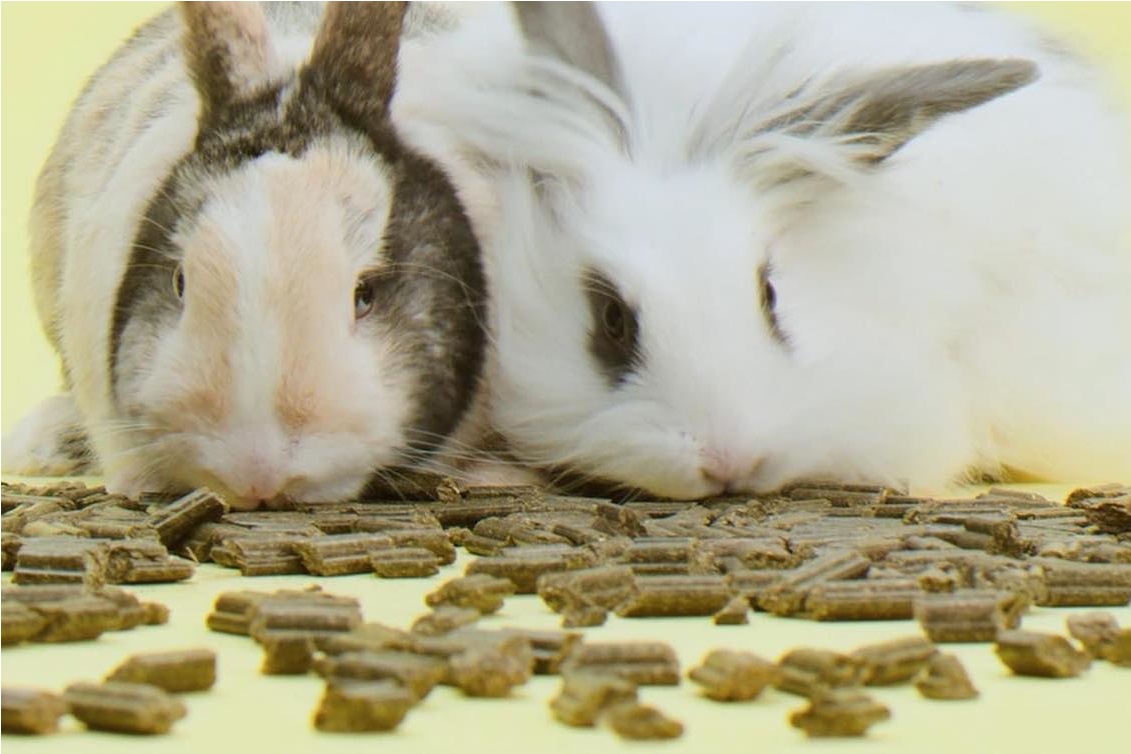
|
|
|
Tags :
What Is The Best Pellet Small Animal Food In South Africa? , What Are The Best Quality Pellets To Feed Rabbits , Guinea Pigs , Chinchillas & Degus , What Is Best Pellets To Feed Your Rabbits , Guinea Pigs
|
|
|
|
13
AUG
2020
|
|
|
|
Chinchillas have dense fur. Over time, oils and moisture collect in their fur. In the wild, chinchillas have no way to clean their fur other than to roll around in volcanic ash which acts as an absorbent. You should never bathe your chinchilla in water. Doing so would remove the natural oils which protect their skin and helps them regulate their body temperature. Instead, it is best to give them a bowl or container filled with "special" dust for them to roll around in. The finer the dust, the better.
A regular dust bath is an absolute necessity for chinchillas. Taking a vigorous dust bath is one of their natural behaviors, and is how chinchillas keep their lush coats clean and healthy. Not only does this dust bath help to keep their thick fur smooth and silky, it is thought to be relaxing and fun for chinchillas.
Blue Sparkle is the best chinchilla dust you can use. This ultra-fine aluminum silicate powder contains no limestone, glass, or sand and shakes compl.. [More]
|
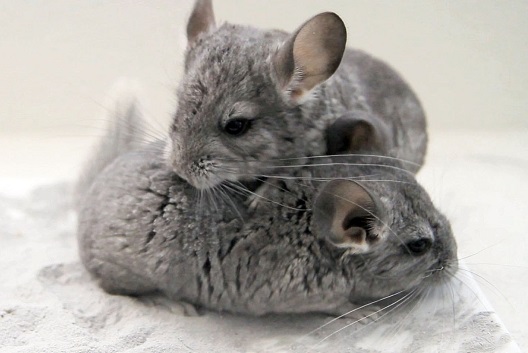
|
|
|
Tags :
Why Chinchillas Love Blue Sparkle Dust South Africa , Chinchilla Bath Dust Sand South Africa
|
|
|
|
19
MAY
2018
|
|
|
|
There are cat people and there are dog people – but there are also some who believe that small pets are where it’s at. Whether you cherish your chinchillas, have a passion for bunnies, adore guinea pigs, or have a soft spot for rats, hamsters, gerbils or degus, as a committed and responsible owner you want your small furries have the best life they can. Building a closer bond with your little pets will enhance and enrich your relationship with them.
A great way to build this special bond is by hand-feeding. This is something that will take time and patience, but once your small pal happily accepts a tasty treat from your hand, is incredibly rewarding. The key is to take things slowly, so that your little chums learn to associate you with good things and begin to place their trust in you.
Am I in danger?
Small pets are prey animals, which means they think anything approaching is a potential predator – even you. Don’t loom over them (as a pred.. [More]
|
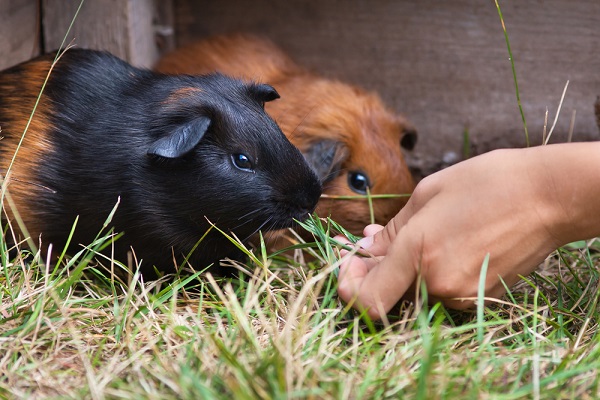
|
|
|
Tags :
Bonding With Your Small Pets , Guinea Pigs , Rabbits , Hamsters , Chinchillas , Degus , Rats
|
|
|
|
15
JAN
2017
|
|
|
|
Did you know that rabbits and guinea pigs need different types of hay to sleep on and to eat? While grass and herb based foods, such as pellets, will provide a good portion of your pet’s fibre needs, grass is what they would naturally nibble all day long in the wild.
Providing enough fresh grass every day to meet your rabbit or guinea pigs’s needs is difficult, hay has just the same health and digestive benefits as fresh grass – but is much easier to store.
In fact, studies have shown that feeding hay should make up to 85-90 per cent of your small furry’s daily diet, that’s around 1kg of hay per week, to maintain a healthy gut and weight and keep teeth healthy.
However research has shown that the majority of rabbits and guinea pigs are not fed the correct hay, and instead are forced to chew on bedding hay, which, while comfortable to sleep on, is often unpalatable and has an unknown nutritional value.
So what’s the alternati.. [More]
|
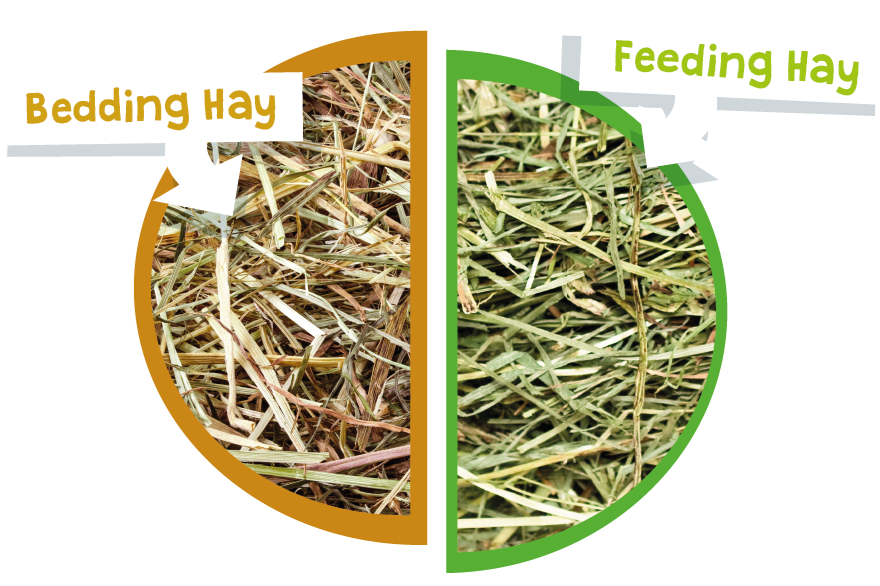
|
|
|
Tags :
Difference Between Bedding & Feeding Hay For Rabbits Guinea Pigs Chinchillas South Africa
|
|
|
|
11
AUG
2016
|
|
|
|
Recent scientific studies in 2013 revealed that chinchillas can live happily on just high quality hay and water for a balanced diet. If you feel you must feed some commercial food, then it must be rationed. Only a heaped tablespoon of high fibre pellets/nuggets must be fed daily to an adult chinchilla which will provide the essential digestible fibre. The rest of the day, the chinchilla will spend eating a long fibre hay which will provide the essential indigestible fibre to keep their digestive system moving and to maintain the right balance of intestinal bacteria. So is it necessary to feed them some fruit and vegetables as well?
According to RSPCA and PDSA (People's Dispensary For Sick Animals), fresh food should only take up less than 10% of a chinchilla’s diet, so don’t offer too much because if they eat too much of any fruit and vegetable, they are likely to get a upset stomach. But the right kind of fruit or vegetable can make a tasty treat for a chinchil.. [More]
|
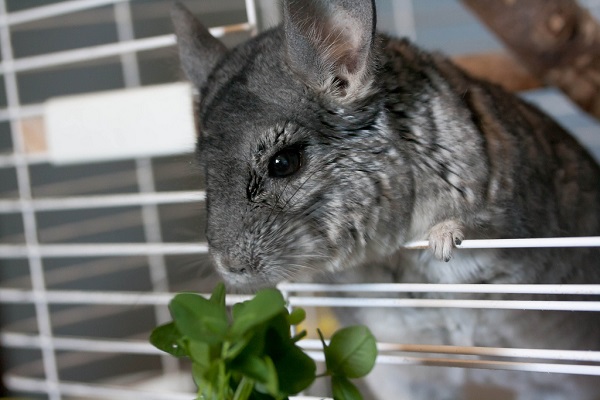
|
|
|
Tags :
Can Chinchillas Eat Fruit & Veggies? , Are Fruit & Veggies Safe For Chinchillas To Eat?
|
|
|
|
30
MAY
2015
|
|
|
|
As a chinchilla owner, it’s common knowledge that your playful pets need to be treated to a dust bath to keep their fur in tip top condition.
So why do chinchillas need dust baths?
The natural habitat of a chinchilla is in the Andes Mountains. In the wild, volcanic ash gets into Chinchilla’s fur and absorbs all the oil and dirt. This process keeps their fur thick and soft. Dust baths for domesticated chinchillas are our way of replicating this natural behaviour.
Everyone who has felt the fur of these pets knows that their coat is luxurious and soft. Chinchillas have around 60 hairs to each hair follicle, meaning that their fur is very dense. Due to this fact it is important that a chinchilla is never bathed in water. The thickness of the fur means that a wet chinchilla cannot air-dry, and having damp skin can cause fur rot or other health problems.
How often should they have a dust bath?
Regular dust baths are a necessity for your chinchill.. [More]
|
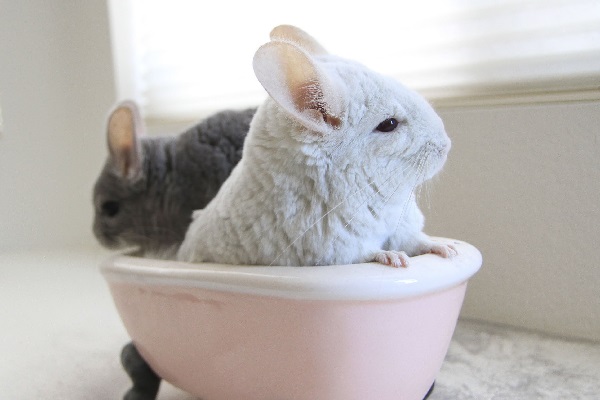
|
|
|
Tags :
Why do chinchillas take dust baths South Africa
|
|
|
|
02
APR
2015
|
|
|
|
Chinchillas have dense fur. Over time, oils and moisture collect in their fur. In the wild, chinchillas have no way to clean their fur other than to roll around in volcanic ash which acts as an absorbent. You should never bathe your chinchilla in water. Doing so would remove the natural oils which protect their skin and helps them regulate their body temperature. Instead, it is best to give them a bowl or container filled with "special" dust for them to roll around in. The finer the dust, the better.
A regular dust bath is an absolute necessity for chinchillas. Taking a vigorous dust bath is one of their natural behaviors, and is how chinchillas keep their lush coats clean and healthy. Not only does this dust bath help to keep their thick fur smooth and silky, it is thought to be relaxing and fun for chinchillas.
Blue Cloud is the best chinchilla dust you can use. This ultra-fine aluminum silicate powder contains no limestone, glass, or sand and shakes comple.. [More]
|
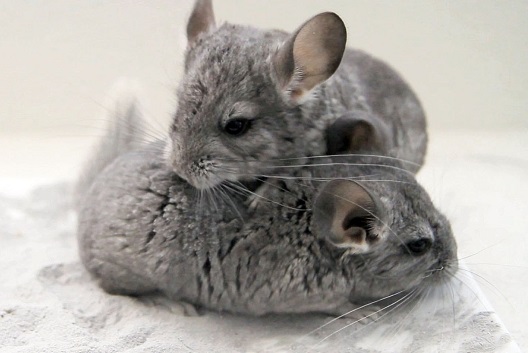
|
|
|
Tags :
Chinchillas And Blue Cloud Bath Dust in South Africa , Chinchilla Bath Sand South Africa , Blue Cloud Chinchilla Dust Bath South Africa , Why Blue Cloud Chinchilla Dust Bath Is Best South Africa
|
|
|
|
29
MAR
2015
|
|
|
|
Pellets are a smaller but important part of your guinea pig, chinchilla or rabbit's diet. They are designed to be concentrated sources of fibre, protein, vitamins and minerals to help ensure that your pet is getting all the nutrients he or she needs.
When feeding pellets, it is important to remember that a rabbit, guinea pig or chinchilla's natural diet contains a high volume of low nutrient food. They are grazers by nature and in the wild they spend much of their days munching on grass and grazing for food.
While pellets enable owners to protect their pet's health and give them the range of nutrients they need, they are ultimately a low volume of high nutrient food that runs contrary to the diet in the wild. Therefore, it is important to follow feeding guidelines closely to make sure that they receive as balanced a diet as possible.
Mixes vs Pellets
Mixes, also known as "muesli," are dry food mixes that are primarily cereal-base.. [More]
|

|
|
|
Tags :
Choosing A Pellet Food For Guinea Pigs , Rabbits and Chinchillas in South Africa , Chinchilla Food South Africa , Guinea Pig Food South Africa , Pet Rabbit Food South Africa
|
|
|
|
22
MAR
2015
|
|
|
|
You want to take good care of your little friend with the finest fur. Part of caring for chinchillas requires regular inspection of the state of his mouth and teeth. Unlike human teeth, a chinchilla's teeth grow throughout his lifetime. If they don't wear properly, malocclusion or misalignment results. Simple proper chinchilla husbandry prevents malocclusion except in cases in which the condition is hereditary.
Malocclusion
Chinchillas are rodents, which translated from Latin means "to gnaw." Your pet's incisors grow at the rate of 2 to 3 inches annually, and his molars can be responsible for misalignment. Not only do they make it difficult for your chinchilla to eat, wayward teeth can penetrate his nasal cavity. Malocclusion can cause infections in his teeth that spread into other parts of his body, particularly the sinuses. Untreated, your pet will eventually die from a severe malocclusion. As always, prevention is your best bet.
Symptoms
Slobbers .. [More]
|
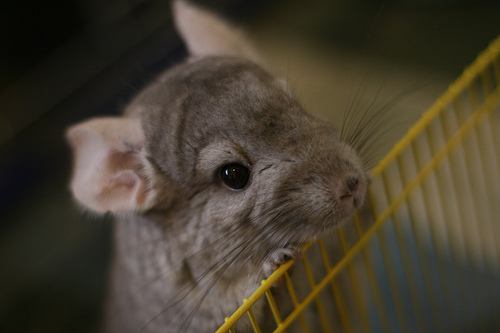
|
|
|
Tags :
Preventing Malocclusion In Chinchillas In South Africa
|
|
|
|
22
OCT
2014
|
|
|
|
Chinchillas are friendly animals that are well-known for their timid nature and soft, luxurious fur. They can make a great pet for older children and adults – but how many of these facts did you know about them?
1. The word chinchilla literally translates to ‘little Chincha’. The beloved pet was originally named after the Chincha people who once lived in the Andes Mountains in Peru.
2. Chinchillas are native creatures to South America, in particular within northern Chile and Peru. The rodents are extremely sociable and often live in groups of the hundreds in the Andes mountain range. On average they live on high grounds, often settling at 15,000 feet in the mountains. Although they are now usually a silver colour, in the wild Chinchillas are originally thought to have been a yellow-grey colour.
3. Their famous fur is so thick as a result of adapting to their mountainous habitat. Chinchilla fur is very dense to deal with cold temperatures. A Chinc.. [More]
|
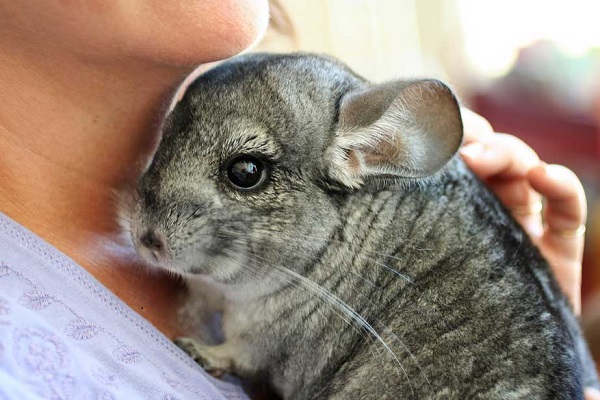
|
|
|
Tags :
How much do you know about Chinchillas in South Africa?
|
|
|
|
|
|
Category List
|
|
|
|
|
|
Archive List
|
2025 2023 2022 2021 2020 2019 2018 2017 2016 2015 2014 |
|
|